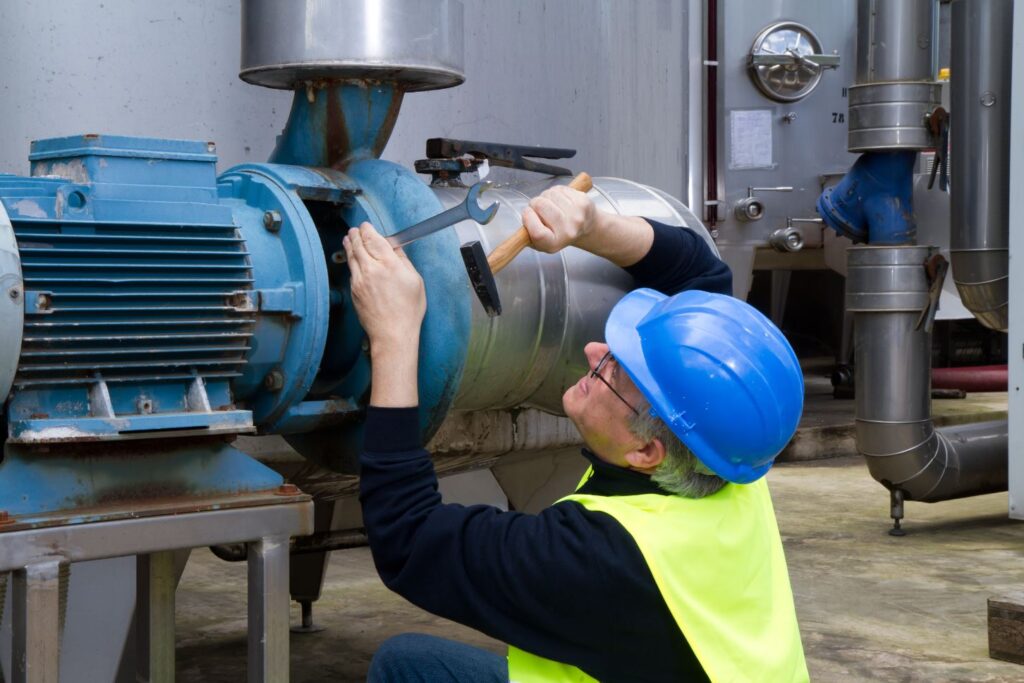Modern pumps are crucial pieces of machinery in the manufacturing and industrial sectors. Pumps enable businesses to transport liquids and gases essential to industrial operations. Modern pumps are dependable and rarely need maintenance, but they do need some attention
over time.
Maintaining your pumps in good working order is known as pump maintenance. It can be crucial to have a complete checklist that the maintenance engineer follows while performing pump maintenance, as this will keep your pumps operating properly and prevents them from being defective. This is routinely inspecting and maintaining your pumps and replacing worn-out parts. Here are some tips for keeping your pumps running with regular maintenance:
Estimate the regularity of pump maintenance.
We suggest that you adhere to the manufacturer’s original instructions. Reliable pump manufacturers like Pumpbiz can address inquiries like:
- How often will pumps or lines need to be turned off?
- How frequently should I perform a routine check?
Be observant to choose the best maintenance time and frequency, and choose a time when the business is slow.
Observe the system and become familiar with it.
Please familiarize yourself with your system and watch your pump while operating. Note any leaks, strange vibrations or sounds, and strange odors. This will facilitate quicker malfunction detection.
Prioritize safety
Shutting down before executing maintenance and system checks properly is an important health and safety guideline. Both hydraulic and electrical systems require proper isolation to function correctly. You don’t want to neglect something and cause electrical shocks that risk workers’ safety.
Mechanical inspection
Examine the mechanical seal and packing, look for leaks in the pump flanges, examine the couplings, and clean the filters to ensure the pump points are firmly in place.
Motor/electrical inspection
Check all terminations first to make sure they are tight. Examine the motor vents and windings for dust or dirt accumulation and clean them per the manufacturer’s instructions. After that, you should check the starter/contractor for arcing, overheating, etc. Finally, check for insulation failure on the windings using a megohmmeter.
Lubrication
Friction is bad for everything, but it’s terrible for your pump. It is best to properly grease the motor and pump bearing. While doing it, be careful not to use too much oil because this can do more harm than not enough. If your pump bearing has a vent cap, take it off, run the pump for 30 minutes, and then put the top back on. As a result, extra grease will be able to exit the bearing.
Change damaged hoses and seals.
Please replace any hoses, seals, or O-rings that exhibit wear or damage immediately instead of keeping them in place forever. A temporary rubber assembly lubricant can guarantee a snug fit and prevent slips and leaks.
Engage professionals
Finally, avoid DIY projects if possible. Call a pump specialist instead to avoid wasting time, money, and face-painting failure at someone else’s work. Pump experts can provide comprehensive pump maintenance solutions to keep your systems operating all year effectively.

